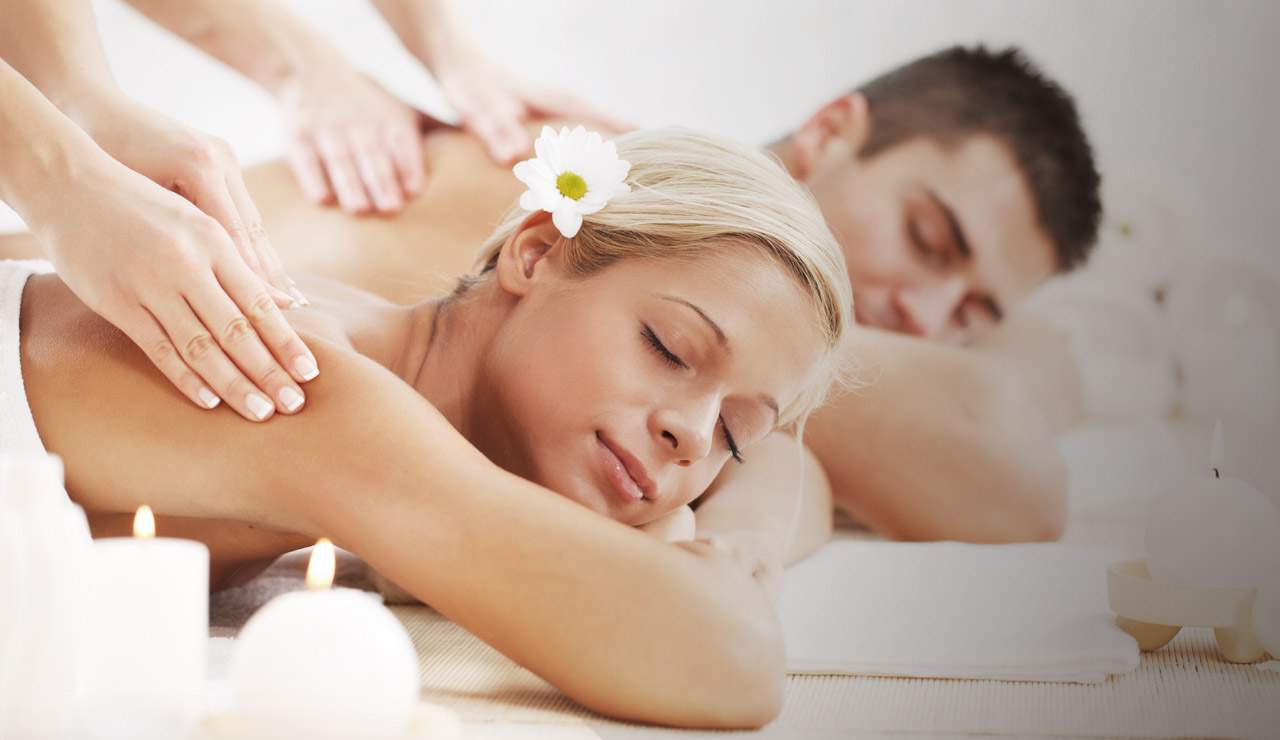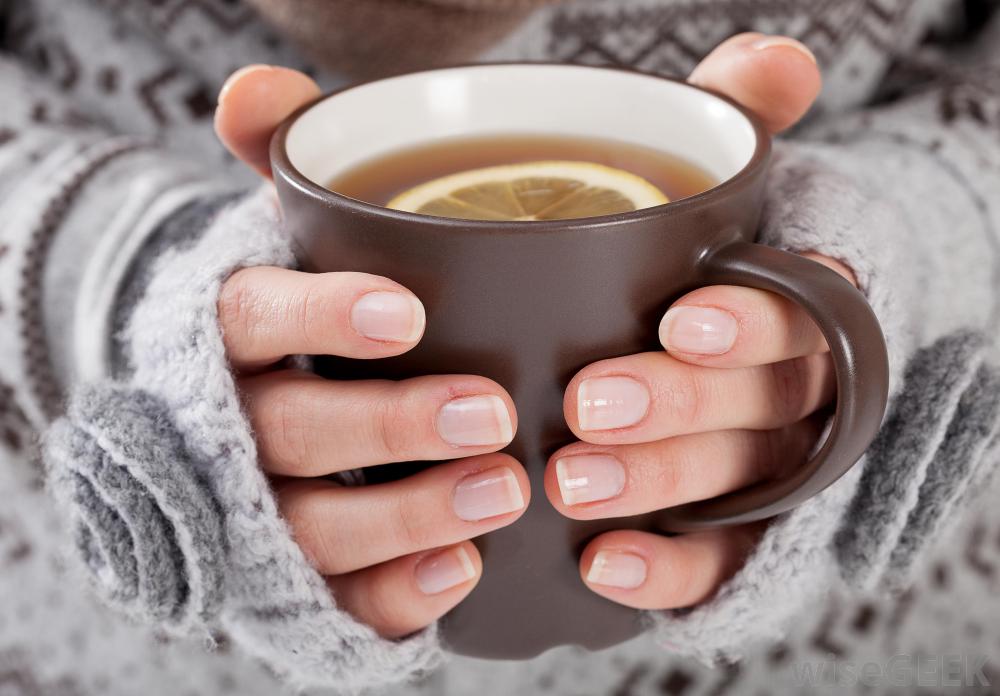
Spa treatments can help to bring a holistic balance and calm into people’s lives along with relaxation and a relieving of stress. They have the capability to rejuvenate mind, body, and spirit and current research indicates that the connection between all three has a direct impact on overall health and well-being and well known authorities like Dr. Deepak Chopra and Dr. Bruce Lipton have also corroborated this. Stress is a determining factor in over 80% of all diseases as is the individual’s reaction and response to it. It is caused by a chemical reaction when the body releases hormones like cortisol and adrenaline into the bloodstream during times of mental and physical agitation. The hormones make the heart beat more quickly. Stress is manageable in small quantities but for people who suffer large amounts without respite are at risk of damaging their health. It can cause insomnia, lead to rashes and conditions like alopecia, raise blood pressure levels, indigestion, pains, muscle problems and so forth.
Spas are a proven stress-buster. When combined with a healthy diet, moderate exercise, and good sleep, they give the mind and body a chance to reconnect. There are different types of treatment available at spas. Massage is one of them. Human touch has a great calming effect and helps to release oxytocin, a hormone which alleviates the effects of stress hormones. There are many different types of massage ranging from deep-tissue to Thai, Indian, and Swedish massage. Abhyangam massage has its origins in Kerala, India and is an Ayurvedic treatment involving a full body massage with medicated herbal oils done by two therapists working in synchronized tandem for about 45-60 minutes. It is combined with a steam bath and is known to help with a large variety of conditions including anxiety, fatigue, circulatory disorders, arthritis, backaches, and injuries.
Individuals can select whatever massage technique they feel comfortable with and also the amount of pressure they feel they can handle. Techniques like Rolfing which is a deep-tissue massage can be somewhat painful but bring tremendous relief afterwards. Some techniques involve heat-generation like a hot-stone massage. The heat complements the touch massage wonderfully to help even more in de-stressing.
While on the subject of heat, thermotherapy is another technique used in spas but it does not fall under the massage category. It includes thermal experiences like saunas or steam rooms. The body responds to the heat by increasing the production of white blood cells to bolster the immune system, much like it would do if it had a fever. As in the case with massages, the heat produces beneficial hormones like endorphins. Like oxytocin described above, it mitigates the effects of stress hormones like adrenaline. Another thermotherapy technique is a rhassoul treatment which uses thermal mud with scented steam. The combined effect is deeply relaxing. Mudpacks and mineral water mud baths have anti-inflammatory properties that can help with skin conditions like psoriasis. They also offer relief for conditions like osteoarthritis.
Other holistic treatments that help with bringing mind, body, and spirit into harmony include shiatsu, reflexology, reiki, and acupuncture. Holistic treatments involve looking at the whole individual and not addressing a particular symptom. Another technique worth mentioning is this context is aromatherapy which involves the use of herbal or floral essences blended together or used individually. An aromatherapist uses these essences or oils through topical application, inhalation, massage, and water immersion to aid in the body’s natural healing process.
Many people use spa and alternative therapies to heal themselves. Spas have become so popular that more than a quarter of all American adults have had at least one visit to a spa. They have benefits that lead to better health as has been borne out by several studies. One in Japan linked frequency of spa use to better physical and mental health, less illness, and better sleep. Similar findings resulted from a study on German data conducted by researchers from Florida State University and German Mason University. Not all treatments however are a hundred percent safe.
Heated spa whirlpools, communal pools, saunas, and other water-related treatments can be dangerous, particularly if the water is not changed frequently which if often the case. Many spas just use chlorine in the water to keep bacteria counts down but it does not eradicate all of them and can lead to outbreaks of Legionnaires’ disease and other dangerous conditions. Bacteria can also thrive in spas because the hot and steamy conditions are conducive to their proliferation. Other risky spa treatments can include manicures and pedicures, particularly if the cuticles are cut and the instruments have not been sterilized. They can lead to bacterial infections and cause skin boils. Some clients being their own instruments to ensure their own safety.
The conclusion is that spa treatments can be very beneficial in the ways outlined above. People however should do their own due diligence in selecting a spa which has a good reputation and also examine any possible dangers that might be linked to a particular form of treatment. They can then make informed choices.







